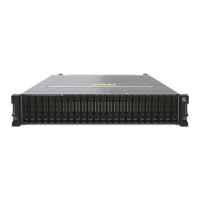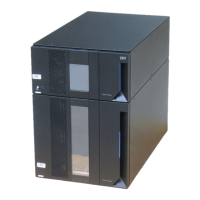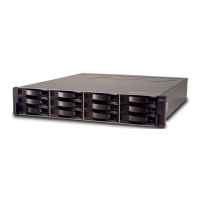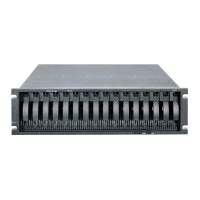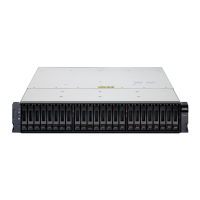http://www.ibm.com/support/knowledgecenter/STXKQY/ibmspectrumscale_welcome.html
• mmvdisk command, see mmvdisk documentation.
• Mellanox OFED (MLNX_OFED v4.9-0.1.7.0) Release Notes, go to https://docs.mellanox.com/display/
OFEDv490170/Release%20Notes
Conventions used in this information
Table 1 on page x describes the typographic conventions used in this information. UNIX le name
conventions are used throughout this information.
Table 1. Conventions
Convention Usage
bold Bold words or characters represent system elements that you must use literally,
such as commands, flags, values, and selected menu options.
Depending on the context, bold typeface sometimes represents path names,
directories, or le names.
bold
underlined
bold underlined keywords are defaults. These take effect if you do not specify a
different keyword.
constant width Examples and information that the system displays appear in constant-width
typeface.
Depending on the context, constant-width typeface sometimes represents path
names, directories, or le names.
italic Italic words or characters represent variable values that you must supply.
Italics are also used for information unit titles, for the rst use of a glossary term,
and for general emphasis in text.
<key> Angle brackets (less-than and greater-than) enclose the name of a key on the
keyboard. For example, <Enter> refers to the key on your terminal or workstation
that is labeled with the word Enter.
\ In command examples, a backslash indicates that the command or coding example
continues on the next line. For example:
mkcondition -r IBM.FileSystem -e "PercentTotUsed > 90" \
-E "PercentTotUsed < 85" -m p "FileSystem space used"
{item} Braces enclose a list from which you must choose an item in format and syntax
descriptions.
[item] Brackets enclose optional items in format and syntax descriptions.
<Ctrl-x> The notation <Ctrl-x> indicates a control character sequence. For example,
<Ctrl-c> means that you hold down the control key while pressing <c>.
item... Ellipses indicate that you can repeat the preceding item one or more times.
| In synopsis statements, vertical lines separate a list of choices. In other words, a
vertical line means Or.
In the left margin of the document, vertical lines indicate technical changes to the
information.
x About this information

